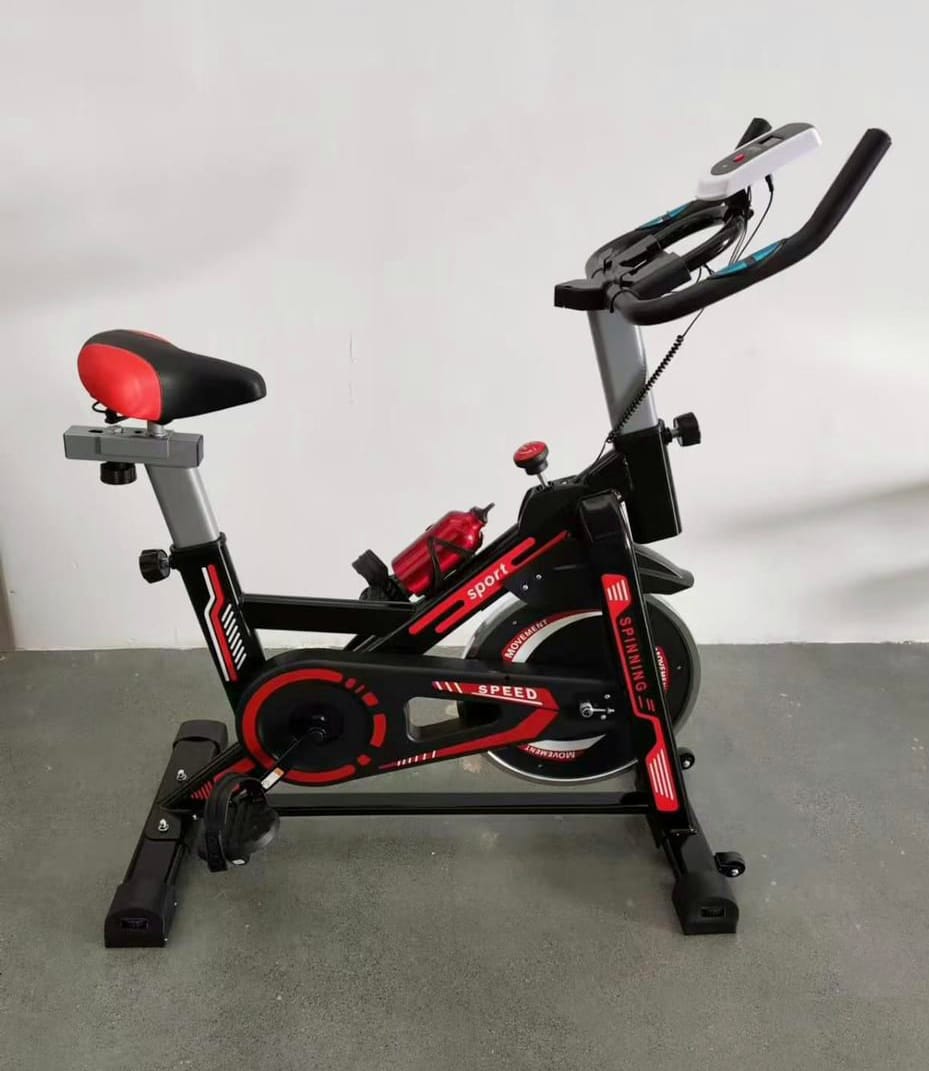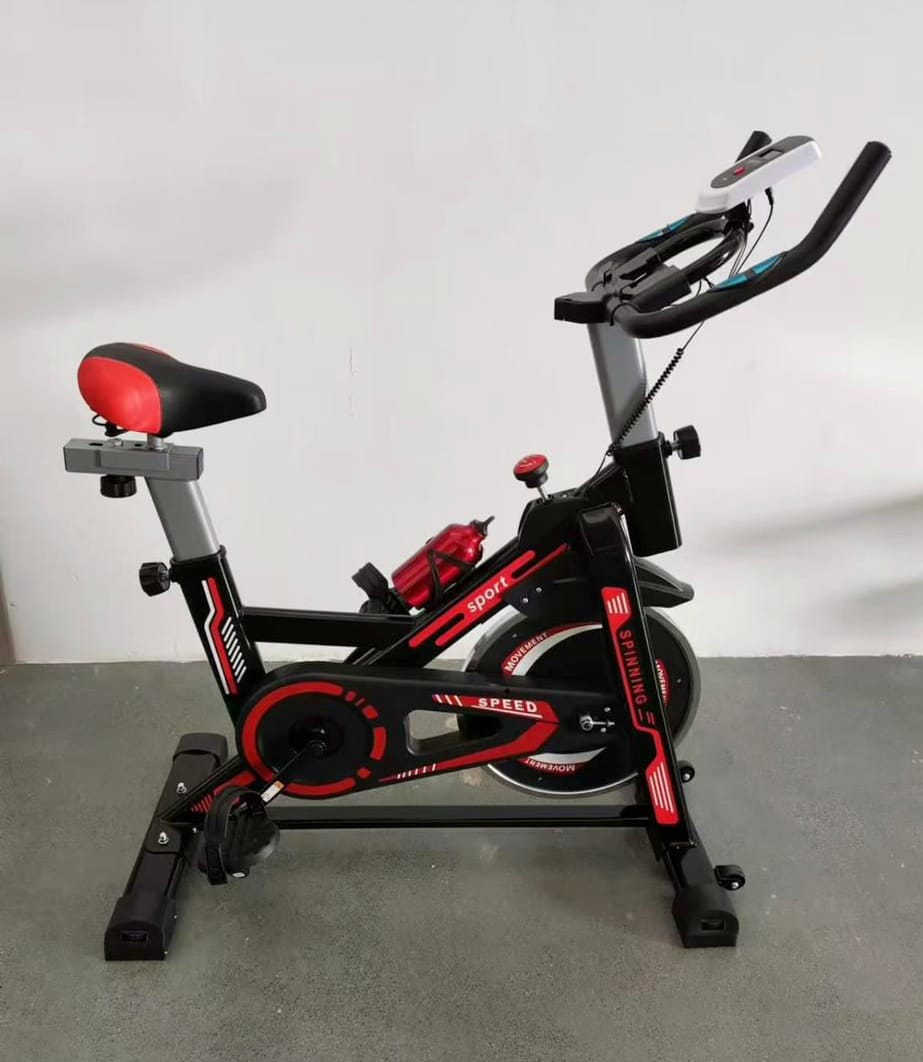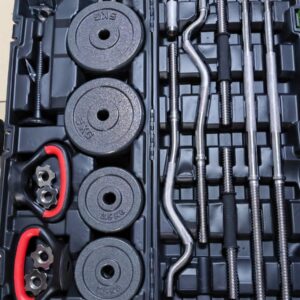Key Components & What Makes 35 kg Flywheel Special
-
Flywheel weight: ~ 35 kg (≈ 77 lbs). The heavier the flywheel, the more momentum it maintains once moving; pedal strokes are smoother, transitions between resistance levels are more fluid, and there’s less jerking when you change speed. This helps with stability and realistic feel.
-
Inertia & Momentum: A “heavier” flywheel helps reduce fluctuations. When riding out of saddle, sprinting, or when lowering resistance, the flywheel resists sudden changes (thanks to its mass), improving safety (less jolting) and comfort.
-
Resistance system: Usually such bikes come with a strong resistance mechanism (friction pads or magnetic resistance) capable of applying enough force to fully utilize the flywheel. Magnetic resistance tends to be quieter and cleaner; friction resistance can give that gritty feel some riders like.
-
Drive system: Belt drive is preferred for quiet, low‑maintenance operation. Chain drives are more common in older or lower‑cost commercial bikes but need more upkeep.
-
Frame & Build: To support a heavy flywheel, the frame must be sturdy, often steel, with reinforcements, good welds, thick steel tubing. The base should be wide for stability. Handling ~35 kg plus rider weight means you need a strong, stable build.
-
Adjustability: To make full use and comfort, these bikes usually allow adjustments in multiple directions — seat height, seat depth, handlebar height and reach, sometimes even horizontal handlebar adjustment. This ensures correct posture, reducing risk of knee, back, or wrist pain.
-
User weight capacity: Heavy flywheel bikes often support higher rider weights, because the structure must support both the flywheel and the load of the user, especially under high resistance or out‑of‑saddle climbing. Many are rated for 110‑150 kg or more.






Reviews
There are no reviews yet.